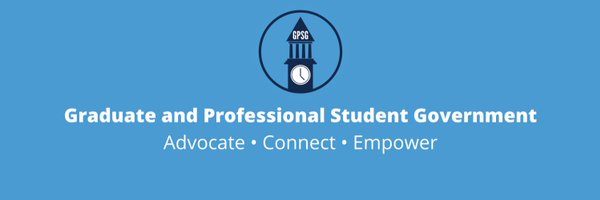The Campus and Community Advisory Committee met on October 6, 2020. You can view a recording of the meeting on YouTube. In lieu of meeting minutes, this week the Committee submitted its first set of formal recommendations to the Chancellor. A PDF of those recommendations can be found here, but they have also been included as text below.
The committee next meets on Tuesday, October 13 from 3:00 to 5:00 p.m. The meeting will be streamed live on YouTube at this link. In addition, the co-chairs will take questions from the Carolina community. If you are interested in participating in the Q&A, you may attend via Zoom at this link.
CCAC Recommendations: 1
BACKGROUND
The Campus Community Advisory Committee (CCAC) has convened three times and wishes to convey our first set of recommendations. These recommendations are presaged on the assumption that a robust surveillance and re-entry testing protocol will be in effect by the start of the spring semester. We recognize that the particulars of such a protocol are still being considered by the testing and tracing workgroup. It is the strong conviction of the CCAC that no return to campus beyond what is present right now is possible without a baseline of a rigorous surveillance and re-entry testing program. As specific plans are available for consideration, we will look forward to learning about them and providing recommendations.
START DATE FOR SPRING
With that caveat, we recommend a late start date with most of our group endorsing a January 19th start date. We believe this is best option because it allows more time for a proper testing protocol and the attendant details to be put in place. Further, we believe it provides more time for staff in the Registrar’s Office, Academic Advising, and Financial Aid Office staff to support students with Spring 2021 registration, process graduation clearance and reviews, and facilitate the required eligibility and financial aid appeals processes while also providing the highest level of service to our students. A sub-group of the CCAC endorsed a January 11th start date (Option 4) because that did not interfere with planning around financial aid and scholarships and provided for some concentrated mid-week time off, although not a full spring break.
With regard to spring break, we note that the there are several options that contain a January 19th start date. Options 6 and 7 both have January 19 start dates with six providing breaks similar to Option 4 and 7 providing a true spring break. Students in the group feel strongly that some sort of concentrated break is needed; they are against the idea of single days off sprinkled throughout the semester. There is concern that some students plan on taking a spring break regardless of the calendar option selected. If this is the reality, then many in the group lean toward incorporating a spring break so that testing and re-entry protocols can be well enacted. However, there was not a clear consensus about incorporating a full spring break.
MANDATORY TESTING
Our second recommendation responds to the question of whether surveillance testing and re-entry testing should be mandatory for students, faculty, and staff accessing the campus regardless of whether they are living on campus or in the surrounding community. We are in favor of mandatory testing (surveillance and re-entry) for all members of the campus community who are living, studying, or working on campus. There was also support for students who are living within a geographic radius being tested regardless of whether they are coming to campus or not. This testing must be easily accessible, user friendly, and free for all members of the campus community.
MODES OF INSTRUCTION
Finally, we provide a summary of our discussion of modes of instruction without providing a specific recommendation. Our discussion resulted in six points that we would like for those considering modes of instruction to keep in mind.
- Testing and student behavioral compliance influences our thinking about modes of instruction. We note the complexity of finding the right combination of instruction delivery without these other elements being considered and defined. If we cannot count on either of them being in place, we must default to remote instruction.
- If hybrid models are to be used and promoted, faculty will need adequate IT support and perhaps specific training to be most effective.
- We want to ensure that students who do not have wide choices about where they live are not inadvertently penalized by the modes of instruction that are selected.
- Faculty and chairs must work together to allow faculty and graduate students who are teaching ways to teach that match their individual skills and circumstances.
- We recognize that teaching is a major funding source for graduate students and we want to value their needs and preferences regarding the mode of instruction used.
- We do not want students to experience a “bait and switch” situation in which a course is advertised as using one mode of instruction and then is changed after the course begins, unless of course circumstances are such that there is no choice but to make such a change.
- Likewise, students must be committed to the manner in which they choose to engage in a class. If they commit to face-to-face, but the class also has a hybrid component for students who need it, those students who choose face-to-face should not change to the hybrid mode because it happens to be convenient to do so on a particular day.
We also wanted to compliment the presenters who spoke with us about the various modes of instruction for their clarity and organization.
